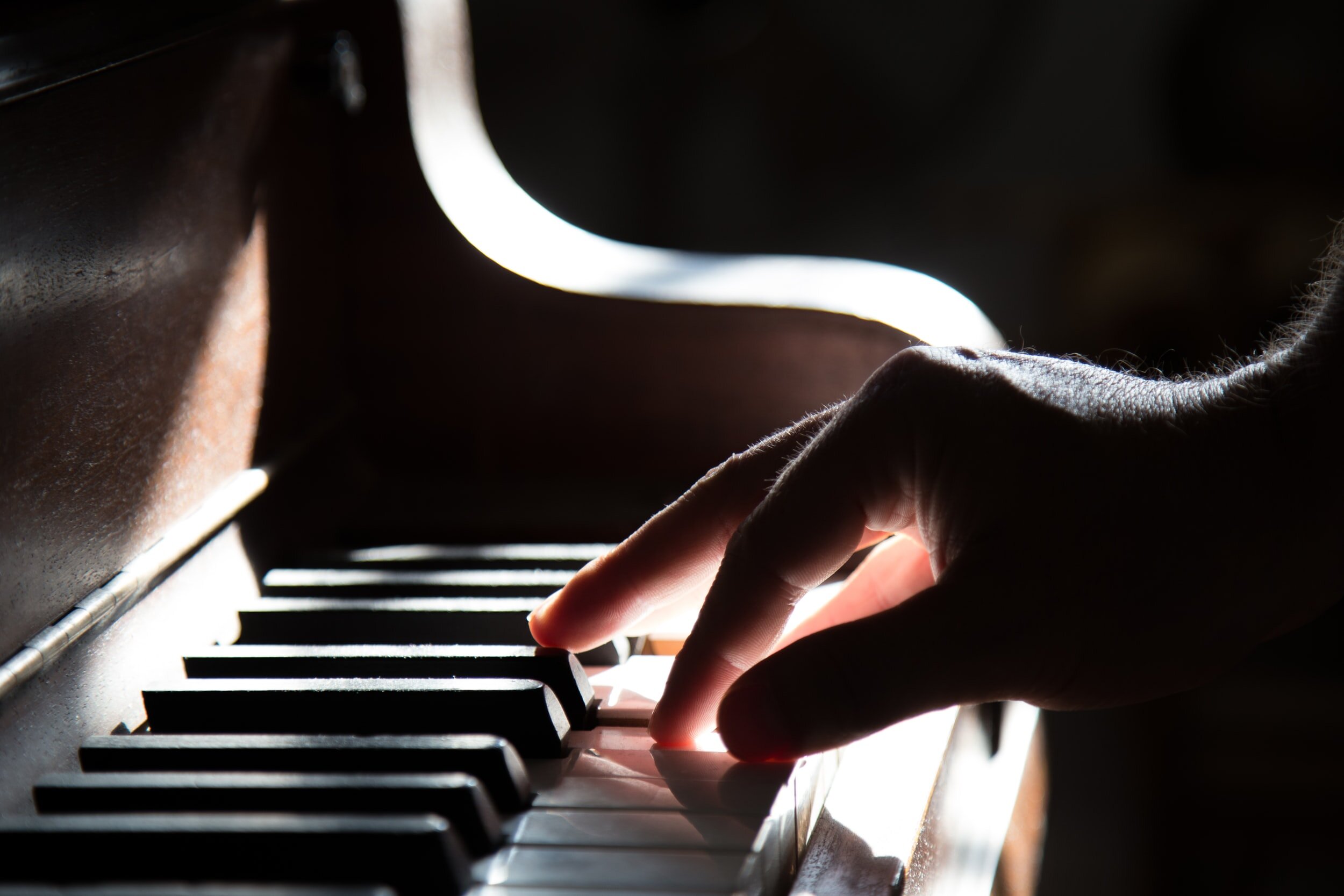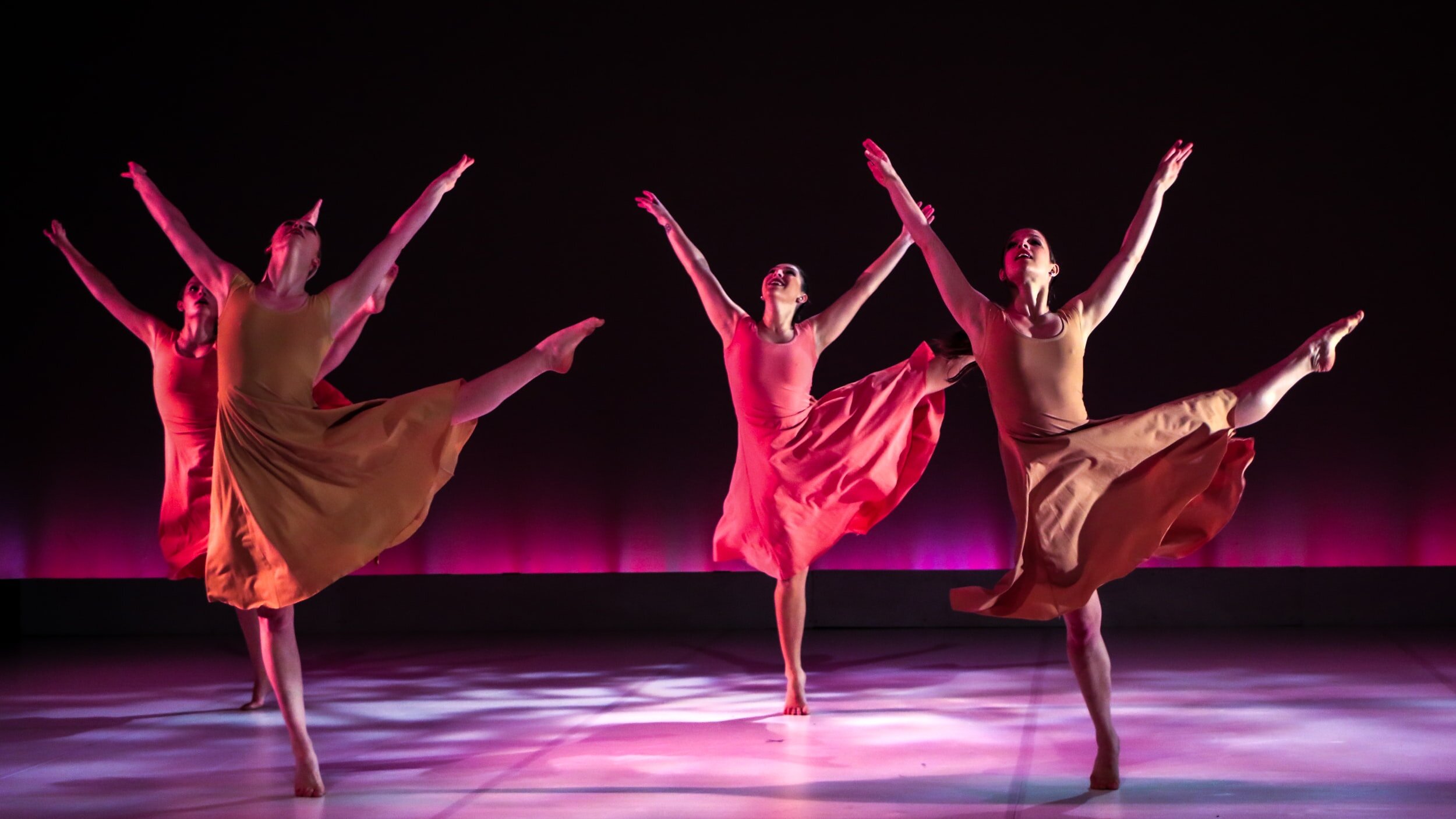
Medical Problems of Performing Artists
Medical Problems of Performing Artists is the first clinical medical journal devoted to the etiology, diagnosis, and treatment of medical and psychological disorders related to the performing arts. Original peer-reviewed research papers cover topics including neurologic disorders, musculoskeletal conditions, voice and hearing disorders, anxieties, stress, substance abuse, and other health issues related to actors, dancers, singers, musicians, and other performers.
Editor-Dance: Shaw Bronner, PT, PhD, OCS
Editor-Music: Eckart Altenmüller, MD
Editor-Music: Nancy N. Byl, PT, MPH, PhD
Official Journal of the:
Australian Society for Performing Arts Healthcare (ASPAH)
and the
Performing Arts Medicine Association (PAMA)
Table of Contents
JUNE 2024, Vol 39, No 2
ARTICLES
Reliability of Hip Strength Assessment in Young Active People with Hip Dysplasia: An Examination in Student Circus Artists
C. Ganderton, M.J.M. O’Brien, J. Han, A.K. Wallis, D. Munro, T. O’Shea, R. Grabinski, M.G. King
Developmental dysplasia of the hip (DDH) is common in performing artists and other young active individuals and involves abnormalities in bony morphology of the acetabulum and proximal femur that can negatively impact walking biomechanics, muscular strength, quality of life, and sleep. Rehabilitation for hip-related conditions should target known modifiable impairments such as hip muscle strength, though a reliable method of assessment in this population remains unclear. OBJECTIVE: To determine the inter- and intra-rater reliability of hip muscle strength assessments using handheld dynamometry (HHD) in young active circus artists with DDH.
Muscle Strength Asymmetries of the Lower Limbs and Trunk in Ballet Dancers
Nina Ogrinc, Monika Pavlović, Nejc Šarabon
Ballet dancers are expected to use their bodies symmetrically during training, because dance movements are performed on both sides. However, there is a general belief that ballet training encourages the use of one side of the body more than the other. Frequent repetition of a particular exercise can lead to body asymmetries and musculoskeletal injuries. The aim of this cross-sectional study was to investigate the presence of lower limbs and trunk muscle strength asymmetries in ballet dancers and secondly to assess whether there is a difference between professional dancers and ballet students.
Popular Musician Occupational Stress and Psychological Ill Health: An Exploratory Factor Analysis
Ben King, Jessica Koenig, Lloyd Berg
Popular musicians are exposed to many occupational stressors, including unpredictable work schedules, touring and economic precarity, that have been associated in prior studies with psychological ill health. This study sought to identify occupational stressors most strongly associated with depression, anxiety, and alcohol misuse in popular musicians.
Comparison of Perfectionism Between Music and Medical Students and its Association with Anxiety
Stine Alpheis, Eckart Altenmüller
Perfection is a central goal for many musicians and health professionals. The present study compared perfectionism between music and medical students to examine whether perfectionism is adaptive or maladaptive and how it evolves during university studies. Furthermore, the association between perfectionism and anxiety was investigated in both populations to determine possible implications for mental and general health.
Perspectives of Ballet Dancers on Causes of Their Injuries and Implementation of Injury Preventive Measures by Ballet Teachers and Masters
Judith-Elisa Kaufmann, Janine H. Stubbe, Rob G.H.H. Nelissen, Maaike G.J. Gademan
Ballet dancers have a high injury risk. We aimed to gain insight into the causes for acute and overuse injuries in ballet dancers and the level of implementation of injury prevention by ballet teachers/masters, as perceived by dancers. METHODS: An international cross-sectional online-survey was based on the Fit-to-Dance Questionnaire and literature. Adult amateur, pre-professional, and professional ballet dancers reported the perceived causes of their injuries sustained in the previous 2 years.
Incidence, Prevalence, and Characteristics of Injuries in Pole Dancers: A Systematic Review
Caitlin Scott, Quentin Scott, Simone Muscat
Pole dancing is an extreme form of performance physical activity, combining considerable feats of muscular strength, flexibility, dancing and acrobatics on a vertical metal apparatus. Despite rapid growth in the artform, many pole dancers continue to participate without fulfilling physical requirements to withstand the forces and physicality required. The aim of this systematic review was to determine the incidence, prevalence and characteristics of injuries sustained by pole dancing participants reported in published studies.
About MPPA
Medical Problems of Performing Artists is a peer-reviewed medical journal that provides a worldwide forum for professionals involved in practice and research related to performing arts medicine. Issued quarterly, it publishes information about the origin and nature, management, and rehabilitation of medical problems affecting musicians, dancers, vocalists, actors, and others, including anxiety, musculoskeletal injuries and overuse, finger and hand problems, voice and hearing problems, stress, eating disorders, and neuromuscular disorders.
MPPA is the official publication of the Australian Society for Performing Arts Healthcare (ASPAH) and Performing Arts Medicine Association (PAMA).
Beginning with Volume 35 (2020), MPPA is published online-only (e-journal).
Editor-Dance: Shaw Bronner, PT, PhD, OCS
Alvin Ailey and ADAM Center, New York, NYEditor-Music: Eckart Altenmüller, MD
Institut für Musikphysiologie und Musiker-Medizin, Hannover, GermanyEditor-Music: Nancy N. Byl, PT, MPH, PhD
University of California San Francisco, San Francisco, CA
History: Medical Problems of Performing Artists began publishing in March 1986. It was begun by Alice Brandfonbrener, MD, who was approached by the publisher Hanley & Belfus to become its first Editor (MPPA 1995;10(4):113; MPPA 2005;20(2):63). Dr. Brandfonbrener was one of the pioneers of performing arts medicine, and in the 1980s she began organizing a conference of similar-minded physicians and researchers meeting at the Aspen Music Festival in Aspen, Colorado (MPPA 2002;12(4):147). In her first editorial in MPPA in March 1986, Dr. Branfonbrener explained the goals of the new journal: “The purpose of Medical Problems of Performing Artists is to promote interest in the medical problems of performing artists, to help in the search for and dissemination of information, and by these means to promote the well-being of this vulnerable and valuable segment of our society” (MPPA 1986;1(1):1). She went on to serve as Editor of the journal for 20 years.
Over the following years, and following Dr. Brandfonbrener’s direction, the journal has helped to build awareness of the medical and health conditions affecting musicians, dancers, vocalists, actors, and other performing artists, as well as to inspire scientific research into their origins and treatment. In 1990, the journal was designated as the official publication of the newly formed Performing Arts Medicine Association, which Dr. Brandfonbrener, Dr. Richard Lederman, and notable others had organized in September 1989 (MPPA 1990;5(2):65). In 2005, the Dutch Performing Arts Medicine Association (Nederlandse Vereniging voor Dans- en Muziekgeneeskunde, NVDMG) adopted MPPA as its official journal (ending 2023), and in 2010, the Australian Society for Performing Arts Healthcare (ASPAH) joined as an official sponsor of the journal.
MPPA was selected for indexing by Medline/PubMed beginning in 2010. Since 2002, the journal has been published by Science & Medicine, who as owner and publisher of the journal, are committed to preserving the vision of Alice Brandfonbrener and promoting the well-being of performing artists.
Indexing:
The journal contents is listed and indexed in:
MEDLINE/PubMed
PsycInfo
Google Scholar
Current Contents/Arts & Humanities
ISI/BIOMED
Excerpta Medica/EMBASE
CINAHL
International Index to Music Periodicals
Music Index
RILM (Répertoire Internationale de Littérature Musicale) Abstracts of Music Literature

PAMA
Performing Arts Medicine Association is an organization comprised of dedicated medical professionals, artists, educators, and administrators with the common goal of improving the health care of the performing artist.
Performing Arts Medicine Association (PAMA)
PO Box 117
Englewood, CO 80151
USA
E-mail: services@artsmed.org
https://artsmed.org

ASPAH
The Australian Society for Performing Arts Healthcare is a charitable organization devoted to providing "holistic lifespan healthcare for performing artists," with membership open to anyone who cares about the well-being of performing artists.
Australian Society for Performing Arts Healthcare (ASPAH)
c/o Paul Duff, The Woy Woy General Practice
26-30 Railway Street
Woy Woy, NSW 2256
Australia
E-mail: secretary@aspah.org.au
www.aspah.org.au

Submitting Articles
MPPA is pleased to consider original research studies, case reports, systematic review articles, and letters to the editor for possible publication.

